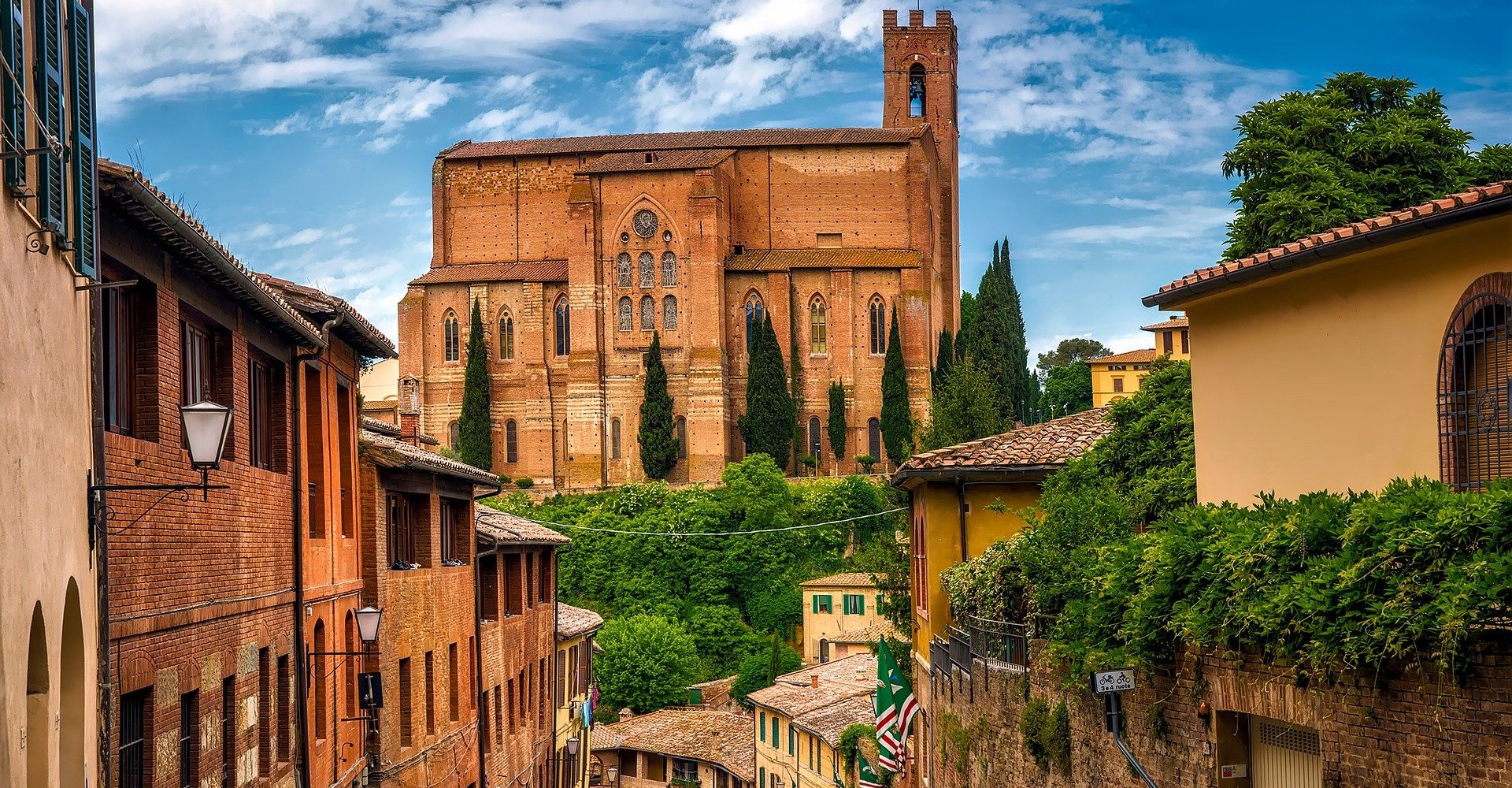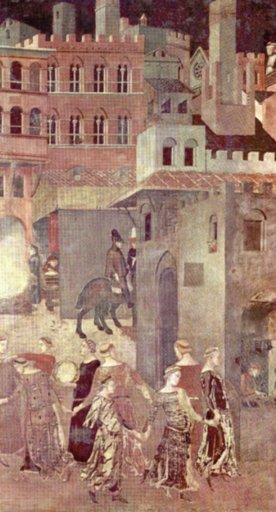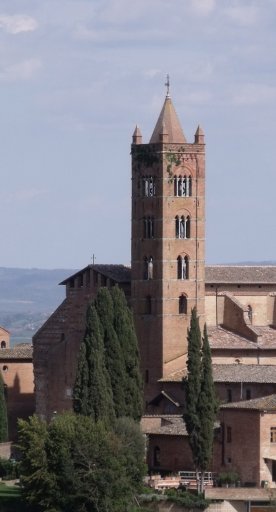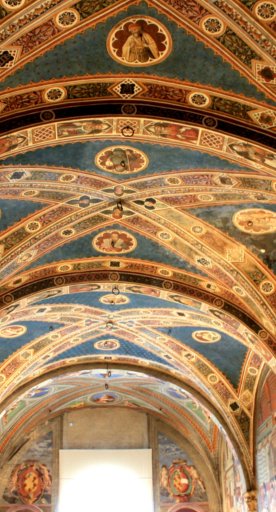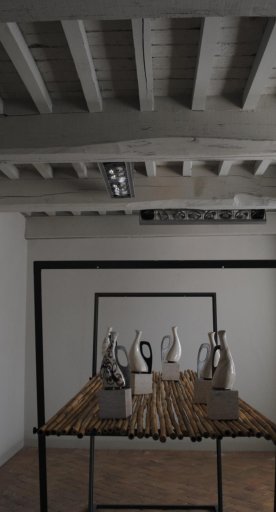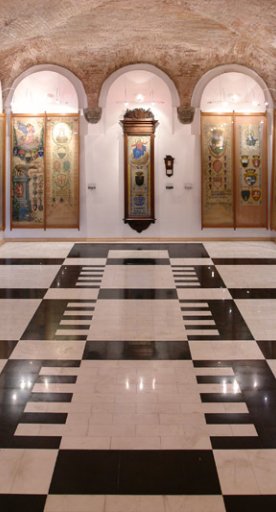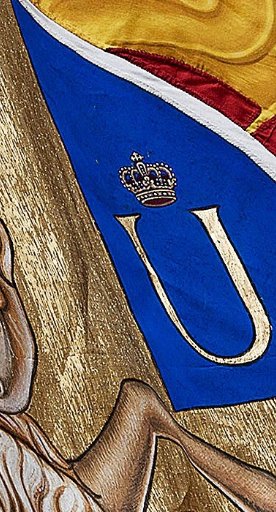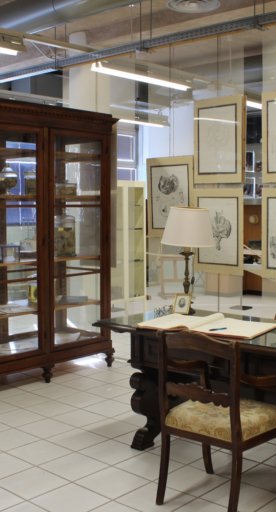Basilica of San Domenico
An imposing church linked to the life of Santa Caterina da Siena
It is easy to spot the Basilica of San Domenico in the panoramic views of Siena, thanks to its position, erected on a hillock between Piazzale San Domenico and Via della Sapienza, and its massive size.
Built between 1226 and 1265 and enlarged in the 14th century, it has undergone many vicissitudes over the centuries (fires, military occupations, earthquakes), interventions and changes, such as the Baroque additions of the 17th-18th centuries, later removed to restore the ancient Gothic form.
It is one of the most important churches of the city, also known as basilica cateriniana for its bond with the life of Santa Caterina da Siena; it houses, in a special frescoed chapel, the head-relic of the Saint.
The basilica is an example of Cistercian Gothic style and is characterized by an original relationship between exterior and interior: the left side of the building overlooks the square, while the right side is covered by the rooms of a convent; the facade is smooth and without decorations, except for the rose window, and is partially covered by the Chapel of the Vaults, whose presence has limited the space available to the facade itself. The church can be accessed, in an unusual way, from the left-end side.
Inside the church there is a single nave with exposed trusses and a series of chapels. Among the numerous works of art preserved inside, there are some paintings, a wooden Crucifix of the XIV century, a wooden Pietà and a Natività della Madonna, considered the masterpiece of Casolani (1584).
In the already mentioned Chapel of the Vaults, accessible from the counter-facade and raised above the floor of the basilica, there is a fresco by Andrea Vanni depicting Santa Caterina e una devota, considered a true portrait as it was painted at a time when the Saint was still alive.
The other paintings in the basilica date back to the 17th century and describe post-mortem facts or miracles.
The bell tower dates back to 1340, but its present height is the one lowered after the earthquake of 1798, intervention during which the embattled crowning was also added.
To the complex belongs also a 14th-century crypt, which is accessed by a staircase at the end of the right aisle or from the left side of the church. While to the right of the facade is the entrance to the cloister of 1425.
